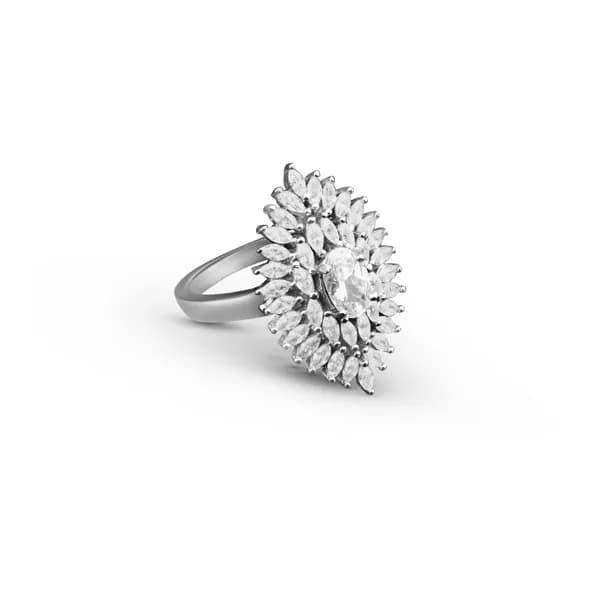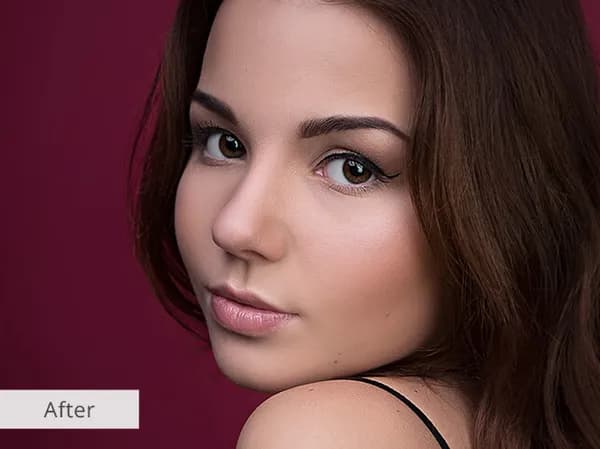Blog
Read the latest insights, tips, and stories from our team.
Categories
Latest Blogs

December 05, 2025
How to Edit Jewelry Photos to Make Them Shine: A Complete Guide

December 04, 2025
How to Edit Car Photos in Lightroom — Step-by-Step Guide

December 04, 2025
7 Reasons Why Ecommerce Photo Retouching is Important

December 04, 2025
How Long Do Dealerships Keep Used Cars? Ultimate Guide for 2025 Buyers

December 04, 2025
Best Websites to Design Your Own Race Car Online in 2025
Image Masking
What is Image Masking? A Guide to Flawless Photo Editing

Have you ever tried removing a background from a photo with flyaway hair, sheer fabric, or fine edges, and ended up with a jagged mess? You’re not alone.
That’s where image masking comes in.
Whether you’re a photographer editing portraits, an e-commerce brand perfecting product images, or a designer building composite visuals, image masking is a game-changer. It’s the secret behind clean edges, natural-looking cutouts, and detailed photo enhancements that look anything but edited.
In this guide, we’re breaking down what image masking is, how it works, and why professionals across industries rely on it to take their visuals from good to great. By the end, you’ll know exactly how this technique fits into your photo editing workflow and where to get expert help when you need it.
What is Image Masking?
Image masking is a technique used in Photoshop and other image editing software to hide or reveal parts of an image without permanently altering the original photo. It allows for pixel-level precision, enabling editors to isolate complex objects such as hair, fur, or transparent fabrics that would be difficult to cut out using basic selection tools.
Think of it like placing a see-through sheet over your photo—wherever the sheet is clear, the image shows through; wherever it's blacked out, the image is hidden. This non-destructive editing method is a game-changer for professionals who need clean, precise results.
Why is Image Masking Used?
Image masking is used when clipping paths or background removal techniques fall short. While a clipping path can effectively separate objects with hard edges, it struggles with soft or semi-transparent areas. This is where image masking shines.
Here’s why it’s used:
-
To edit fine details such as flyaway hair, fur, smoke, or glass
-
To isolate objects with soft or complex edges
-
To apply effects or color adjustments to specific image parts
-
To create transparent backgrounds for web use
-
To preserve original image quality while editing non-destructively
For example, if you're editing a model's photograph and need to change the background without affecting hair strands, image masking is the best solution.
Common Types of Image Masking Techniques
Several masking techniques are used based on the image type and complexity. Let’s look at the most popular ones:
1. Layer Masking
Layer masking is one of the most used methods. It involves hiding or revealing parts of a layer without deleting anything. You paint over the mask using black, white, or gray to control the visibility of the layer.
2. Clipping Mask
A clipping mask uses one layer to define the visibility of another. It’s ideal for applying textures or colors to specific parts of a design, often used in graphic design.
3. Alpha Channel Masking
This is used when dealing with low-contrast images or transparent areas like veils, smoke, or fine hair. The alpha channel stores selections for use later, allowing for highly detailed edits.
4. Transparency Masking
Perfect for isolating transparent or translucent objects such as plastic wrap, glass, or water.
5. Collar and Hair Masking
Specialized masking for human models—used to isolate hair, collars, or necklines in fashion photography.
6. Refine Edge Masking
An advanced selection and masking tool in Photoshop that helps refine soft and detailed edges with greater precision.
Image Masking vs. Clipping Path: What’s the Difference?
Both image masking and clipping paths are used for background removal and object isolation, but they are not interchangeable.
|
Feature |
Clipping Path |
Image Masking |
|
Best for |
Straight, hard edges |
Complex, soft edges (hair, fur) |
|
Method |
Uses pen tool |
Uses brushes and masks |
|
Output |
Vector path |
Pixel-based transparency |
|
Image Type |
Simple objects |
Detailed or semi-transparent images |
In short: Use a clipping path for products like shoes, electronics, or furniture. Use image masking for fashion models, jewelry with intricate designs, or anything with soft or transparent areas.
Who Needs Image Masking Services?
Several industries rely heavily on image masking:
-
E-commerce businesses: Product images with clean, consistent backgrounds improve conversion rates.
-
Professional photographers: Portrait and model photographers use it to create magazine-quality edits.
-
Advertising agencies: Precise edits are essential for campaign visuals.
-
Online marketplaces: Sites like Amazon or eBay require strict image presentation standards.
-
Graphic design studios: Masking is a vital part of complex composite designs.
Benefits of Professional Image Masking Services
While DIY editing tools exist, image masking requires a trained eye and technical expertise. Outsourcing to professionals can save time, ensure accuracy, and deliver consistent, high-quality results.
Here’s why businesses choose professional image masking services:
-
Saves valuable time and resources
-
Improves image quality and presentation
-
Boosts brand professionalism and trust
-
Helps meet platform-specific image requirements
-
Supports bulk image editing for large catalogs
At Pixels BD, we provide pixel-perfect image masking services tailored for businesses, photographers, and agencies worldwide.
Frequently Asked Questions (FAQs)
Q1: What’s the difference between image masking and background removal?
Answer: Background removal is a broad term that includes several techniques like clipping path and image masking. Image masking is specifically used for complex areas where traditional tools can’t provide precision, such as hair or transparent items.
Q2: Can I do image masking myself?
Answer: While basic masking can be learned, achieving professional-level results, especially for commercial use, requires advanced knowledge of Photoshop tools, layers, channels, and brushes. If consistency and quality matter, outsourcing is the better choice.
Q3: What software is used for image masking?
Answer: Adobe Photoshop is the industry standard for image masking, offering tools like Layer Masks, Channels, Refine Edge, and Select & Mask. Other tools like GIMP or Affinity Photo offer similar features but are less commonly used by professionals.
Q4: Is image masking better than clipping path?
Answer: It depends on the image. Clipping paths are best for objects with solid, defined edges. Image masking is better for soft, complex, or semi-transparent edges. Many professional editors use both together, depending on the image complexity.
Q5: How much does professional image masking cost?
Answer: Pricing depends on complexity, turnaround time, and image quantity. At Pixels BD, our image masking service starts at highly competitive rates tailored for businesses of all sizes. Get a quote for your project today!
Q6: How long does it take to mask a complex image?
Answer: A single complex image might take 15–30 minutes or more, depending on the details involved. Our team at Pixels BD is equipped to handle high-volume orders with fast turnaround times without compromising quality.
Final Thoughts: Why Image Masking is Worth It
Image masking is an essential photo editing technique for any brand or professional that demands perfection. Whether you’re managing thousands of product photos or crafting high-end fashion edits, image masking gives you the power to refine visuals without compromise.
If you're ready to take your visuals to the next level, check out our professional Image Masking Services. Our experienced editors deliver pixel-perfect results, fast turnaround, and affordable pricing tailored to your business needs.
Want to see how image masking can transform your photos? Contact us now for a free quote or sample!
Written By